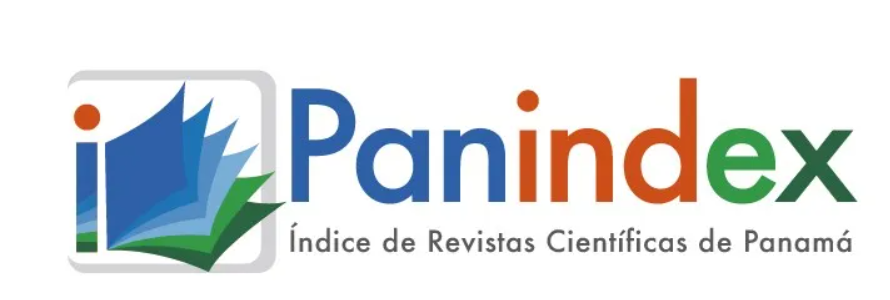The content of the publications and the links suggested in them are the sole responsibility of the authors and not of the METROPOLITAN UNIVERSITY OF EDUCATION, SCIENCE AND TECHNOLOGY (UMECIT) or DIALOGUS magazine. They are protected by international copyright laws as well as the UMECIT and DIALOGUS logos, hence their reproduction is totally prohibited.
This work is licensed under a Creative Commons Attribution-NonCommercial-NoDerivatives 4.0 International License.
The authors maintain the copyright and transfer the right of the first publication to the journal, with the article registered with Creative Commons Attribution-NonCommercial-NoDerivatives License, which allow others They can download the works published in this magazine and share them with other people, as long as their authorship is recognized, but they cannot be changed in any way nor can they be used commercially.
Authors are recommended to include their work in social networks such as Researchgate and institutional repositories once the article or visible fact has been published on the journal page, without forgetting to include the digital document identifier and the name of the journal.



Abstract
The purpose of the research presented was to review the standards and criteria present in an educational application for teaching foreign languages. The methodology followed a mixed approach in which inputs were obtained through the application of a checklist to the educational application Duolingo, for which a sample of 25 teachers of English, Italian and French as a foreign language was selected. The participants worked actively in two private educational institutions in Guayaquil, Guayas, Ecuador. The results showed conclusively that the application is effective in the teaching of foreign languages because it fully complies with the standards and criteria of usability, content adequacy, active methodologies and satisfaction required by ISO standards for an educational application to be considered of quality.
Keywords
References
Arapa Castañeda, E., Bejar Ramos, L. A., & Pinto Villanueva, B. Z. (2020). Uso de la plataforma web Duolingo y su influencia en la competencia lee diversos tipos de textos en inglés en los estudiantes de la IE Ángel Francisco Alí Guillén, Arequipa, 2019.
Loewen, S., Crowther, D., Isbell, D. R., Kim, K. M., Maloney, J., Miller, Z. F., & Rawal, H. (2019). Mobile-assisted language learning: A Duolingo case study. ReCALL, 31(3), 293-311.
Ritonga, M., Febriani, S. R., Kustati, M., Khaef, E., Ritonga, A. W., & Yasmar, R. (2022). Duolingo: An Arabic speaking skills’ learning platform for andragogy education. Education Research International, 2022.
Rodríguez, S. B., & Valencia, A. R. (2020). Optimización del aprendizaje del inglés en niños de primaria con el uso de Duolingo. Boletín Redipe, 9(4), 232-249.
Downloads
Publication Facts
Reviewer profiles N/A
Author statements
- Academic society
- Universidad Metropolitana de Educación, Ciencia y Tecnología
- Publisher
- Universidad Metropolitana de Educación, Ciencia y Tecnología




















